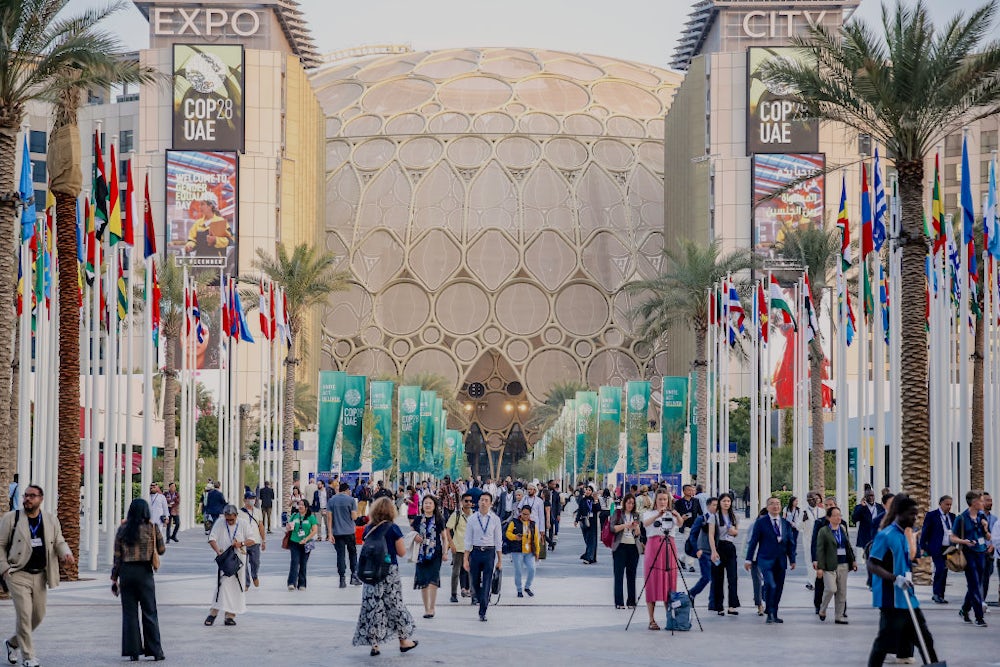
Heifer representatives are attending the global climate talks taking place in Dubai, United Arab Emirates from Nov. 30 to Dec. 12, 2023. This event is known as the 28th meeting of the UN Conference of the Parties, or COP28.
At the event, Heifer aims to share learnings with global stakeholders about our climate-smart agriculture work with smallholder farmers, convene with current and prospective partners, and gain insight on global policy and investment priorities in climate adaptation and mitigation.
Heifer International Americas Program Director Larry Paul and I attended an evening session over the weekend where Alvaro Lario, president of the International Fund for Agricultural Development (IFAD), noted that climate change represents an existential threat for smallholder households. He stressed that the world “needs to give priority to adaptation investments for them … but we are not seeing the flow of money for adaptation.”
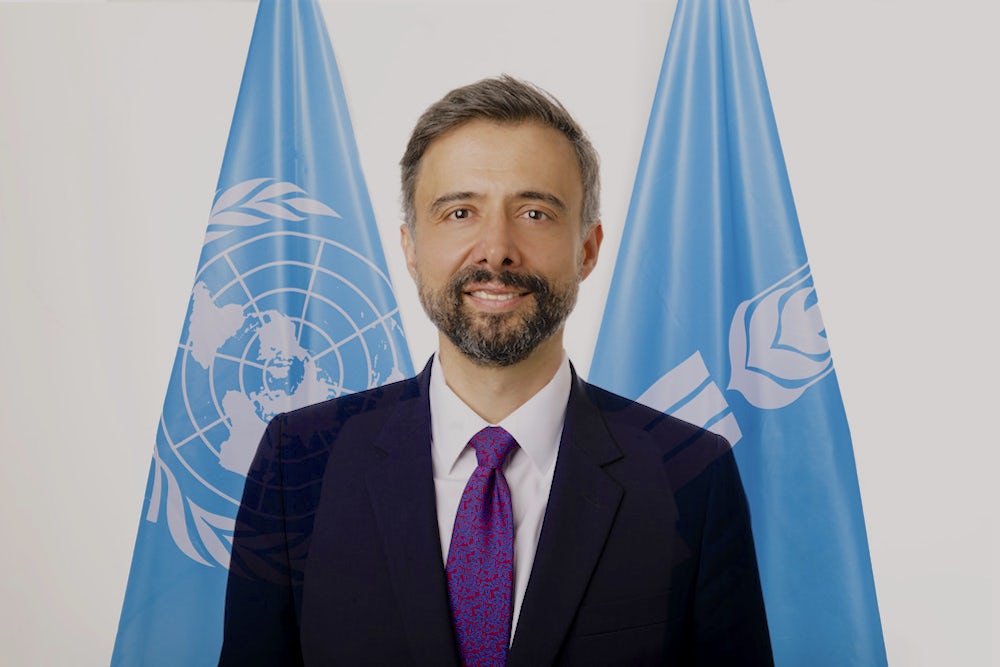
Lario estimates about $350-400 billion is needed annually to fund the cost of climate adaptation, which he termed modest in comparison to the roughly $700 billion a year spent on agricultural subsidies, most of which go to support large-scale crop farming.
Of about $200 billion in annual official development assistance — primarily government-to-government bilateral aid — only about $10 billion is focused on agriculture.
Lario argued that for every dollar invested in climate adaptation for vulnerable rural communities, the world could avoid about $10 of humanitarian assistance costs down the road. But how to get the funding pipeline flowing?
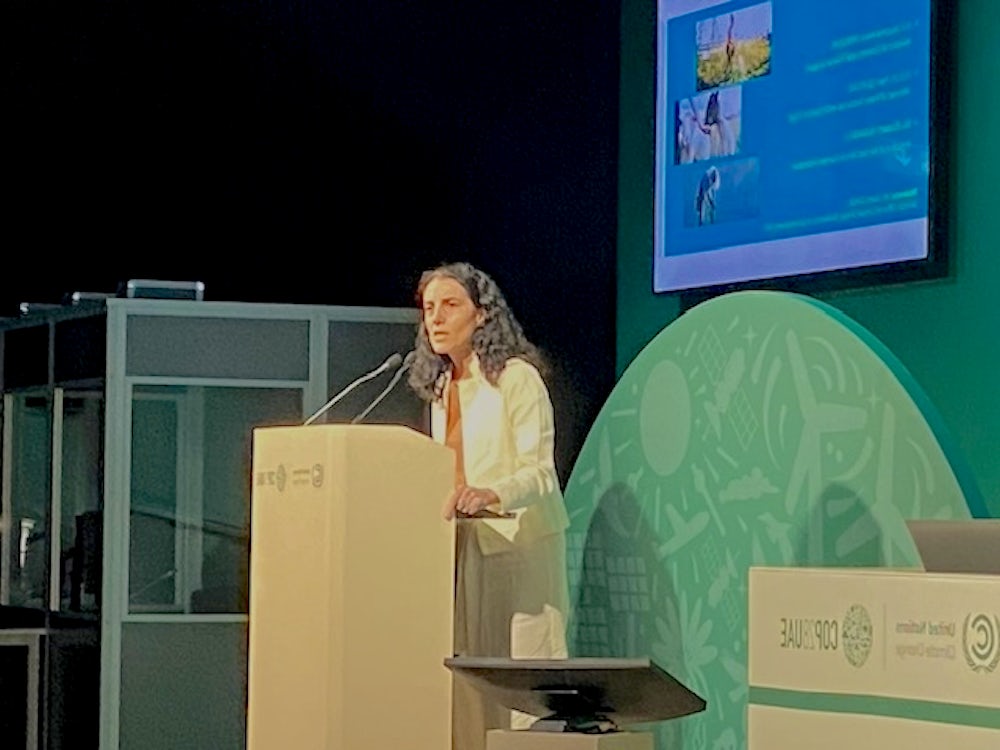
It appears that countries and their multilateral lending partners are getting creative about this. For example, at the same session in which Lario spoke, Uruguay Minister of Finance Azucena Maria Arbeleche described her country’s “sovereign sustainability-linked bond” issued in October 2022, which she claimed was the first of its kind to link the bond interest rate paid by the country to key performance indicators on climate goals. These goals are connected to “Nationally Determined Contributions” (NDCs) which countries commit to in order to reduce greenhouse gas emissions and adapt to the impacts of climate change.
In a nutshell, if Uruguay outperforms on its NDCs, the bond interest rate paid is reduced, and the opposite if Uruguay underperforms.
" [The world] needs to give priority to adaptation investments... but we are not seeing the flow of money for adaptation." — Alvaro Lario, IFAD president
Interestingly, Uruguay has linked these bonds to its performance in reducing emissions from its livestock sector, and any “savings” on the bond interest payments are channeled toward climate-smart agriculture (CSA) initiatives. While in Uruguay’s case, this money may not necessarily be channeled to smallholders, many present saw it as a model to adapt to other countries where it would.
Arbeleche explained that every 1 percentage point decline in the bond payment rate yields about $12.5 million in CSA funding. “As a food supplier, Uruguay intends to meet livestock production and productivity while reducing the [emissions] intensity of the sector,” she said.
At a separate session hosted by the World Bank, Kampeta Pitchette Sayinzoga, the CEO of the Development Bank of Rwanda, highlighted her organization’s focus on better leveraging — and hence expanding — the impact of assistance provided by multilateral lenders. She specifically referred to what is known as International Development Association (IDA) concessional funding from the World Bank for low-income countries.
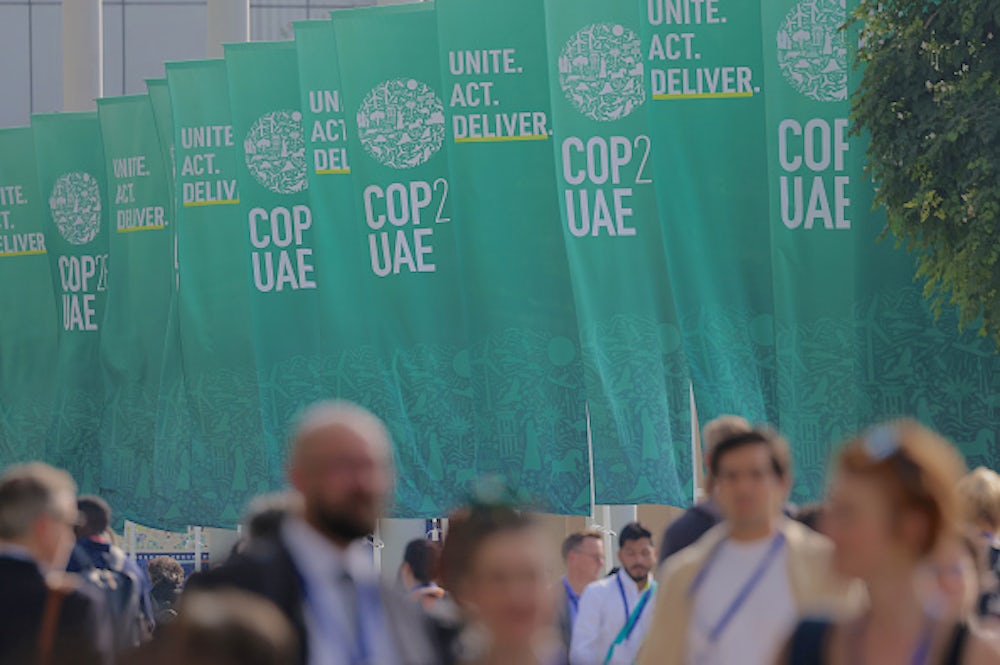
In brief, the Rwandan institution issued a bond that included a partial guarantee from the IDA which allows the country to leverage $2-3 from the local financial markets for every $1 of IDA funding. The instrument thus frees up additional money that can be spent on adaptation and related projects.
Clearly these are creative solutions to funding gaps. However, it is not likely that such financial instruments will generate the significant funding Lario called for.
Indeed, he said COP member countries — particularly the developed-world funders — need to get over a psychological separation between work on food systems, the economy and climate and the environment, a phenomenon he called the “false trichotomy.” Lario argued that funders are not acknowledging or grasping the critical role of agriculture — particularly for smallholder agriculture — in the solution mix.
Another critical element, eloquently described by Elizabeth Nsimadala, president of the East Africa Farmers Federation, and a smallholder farmer herself, is the relative lack of voice of smallholder farmers most impacted by climate change — with whom she has considerable professional experience.
“The problem is [smallholder] farmers usually take the raw deal in resource allocation [because] they are not at the table where decisions are being made,” she explained. “So many intermediaries are involved that claim to speak on behalf of the farmers — we are tired of people speaking for us!”
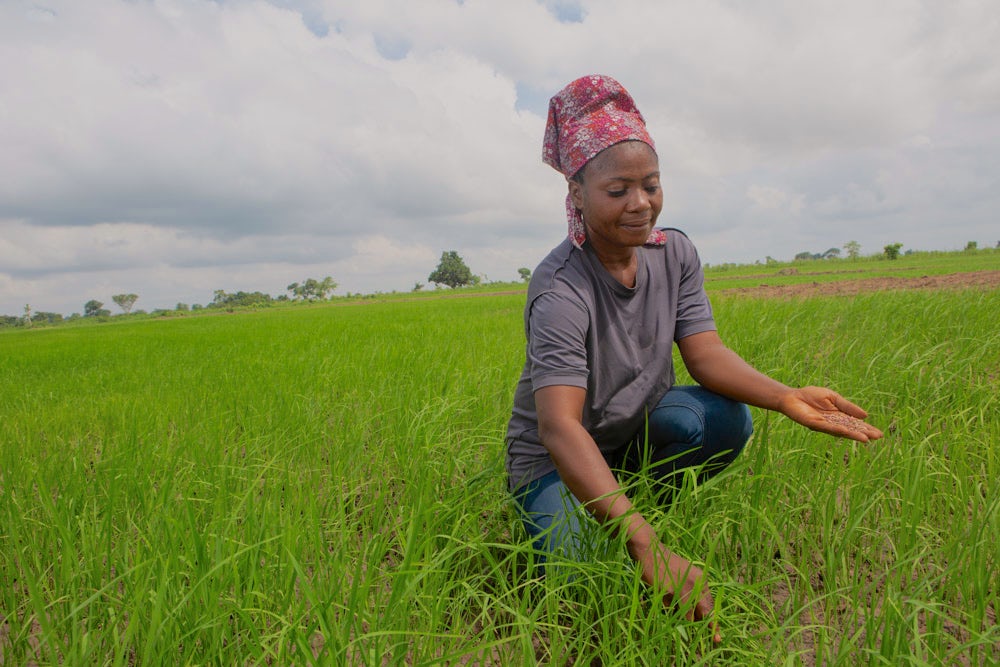
Nsimadala equates the lack of voice not only to climate adaptation support from donors but also to the critical issue of the lack of available financing for smallholders, citing a minimal percentage of agricultural financing — 0.3 percent by her estimate — is accessible to smallholders, in part due to lack of title ownership to their land to provide sufficient collateral.
She called on donors and financial access stakeholders asking, “Can we take the steps to have single-digit [percentage] financing available to smallholders?”
It appears that agriculture in general and smallholder farmers, in particular, have priority exposure at this year’s COP than at previous events. However, as IFAD’s Lario noted, the time has come to “walk the talk” when it comes to making the necessary resources available so that smallholders are not pushed to the precipice of climate risk.